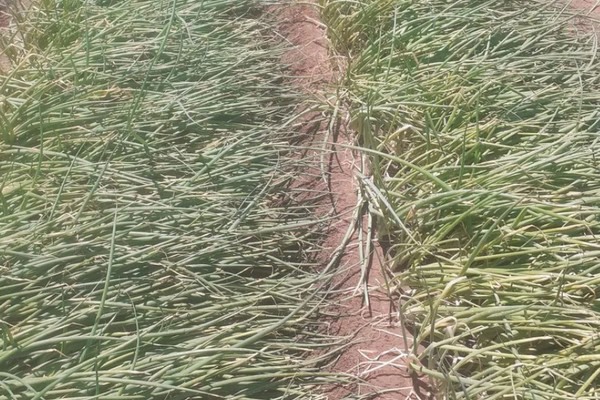Green onion supply is limited at the moment. "It is every year in August and into September. We run into the same type of gap on green onions because of the extreme heat in late June through to the early part of August," says Russ Widerburg of Valley Produce West.
That heat happened in the Mexicali and San Luis areas of Mexico–key green onion-growing regions. "It gets up to 110-115°F and it will stunt the growth of the green onion," says Widerburg. He adds that while there are some efforts to overplant for that time of the year, every year tight supply happens around this time.
In turn, that creates a production gap in green onions, and once the market gets up high, it seems to stay there until mid to late September when normal production tends to resume.

Covering green onion contracts
If there are open-market iced green onions right now, they're in the mid-$30 range. That said, iceless green onion programs are where the largest supply deficiencies are being seen. "They're just not able to produce enough iceless to cover contracts. Shippers need to cover those contracts to carry them through the year," said Widerburg. "There are a few iced onions to sell and part of that has to do with the quality of the onion. It's a little different than what goes into the iceless–it has to go through more trimming, etc. so sometimes iceless onion supply is affected more than iced."
Adding to this tight supply is some stronger demand from regions such as the East Coast which saw rains affect production. In turn, that will help keep those prices strong. "I've been in this industry for over 30 years and it seems like nine out of 10 years it's like this. It may not get up as high as it has the last few years–into the $30-$40 range and that's extremely high– but you can almost always count on it being in the $20 range at this time of year," he says.
However the higher the price gets, the harder the price falls. Once normal production resumes and demand from the East Coast eases in September, prices will drop–though not gradually often. "It might be some $6-$10 drops a day," says Widerburg.
 For more information:
For more information:
Russ Widerburg
Valley Produce
[email protected]










